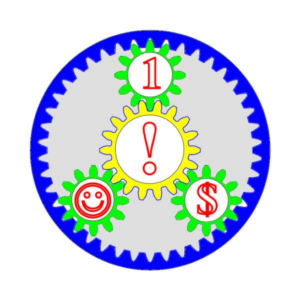
All students who take a Subject Specific class are eligible to earn 0.5 of a Continuing Education Credits (CEU).
You must score 80% or higher to obtain a passing mark for the class. This completion entitles you to receive a certificate of achievement. This certificate will also highlight the number of CEU’s you have earned.